#white polypores
Text

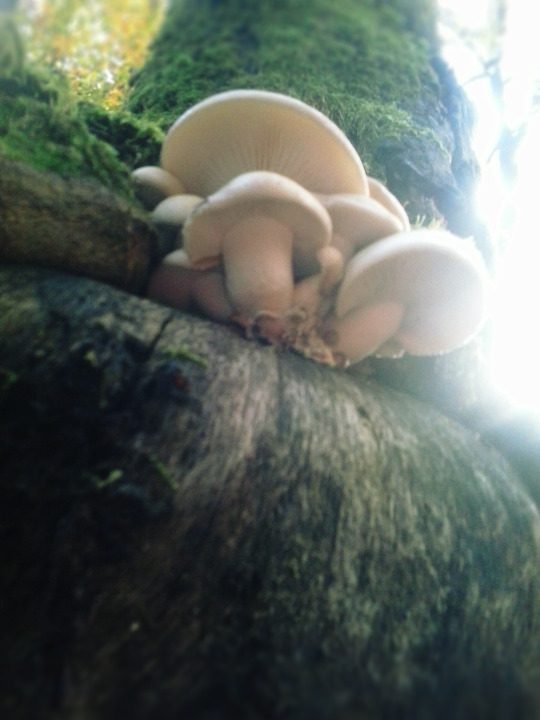
2 notes
·
View notes
Text
is this a safe space...
#i like this blog bc i can just say things i cant on my other one 😭 or at least delete it before people see it#but so many of those dating [x] character moodboards and aesthetic posts or whatever r just so.... white 😭😭#half the time it's some white dude w dyed hair or white dude cosplaying or just some racially ambiguous but pale as fuck man as the chrctr.#and then the dating aesthetic pics r always the palest and thinnest pinterest aesthetic couple pics....#like... its getting tew close to polypore-wattpad days for me...#even the ones that are like insert character's hands or body irl like........#i GET the point of those it's nice to have a visual for reference and im not saying everyone doing it w/ malicious intent#but the fact that its so common and doesn't cross peoples minds is also equally telling#and when there is a moldboard or 'inclusive' dating post its always (a) by request which means it wasn't the first thought of the op...#and (b) again is like .... the most sterilized racially ambiguous 'poc' 😭😭😭😭😭😭#the way people cant even use words in fics to describe readers or NOT make reader white and now we've been reduced to pictures#that just make it more blatant end it all i beg 😭😭😭
12 notes
·
View notes
Text
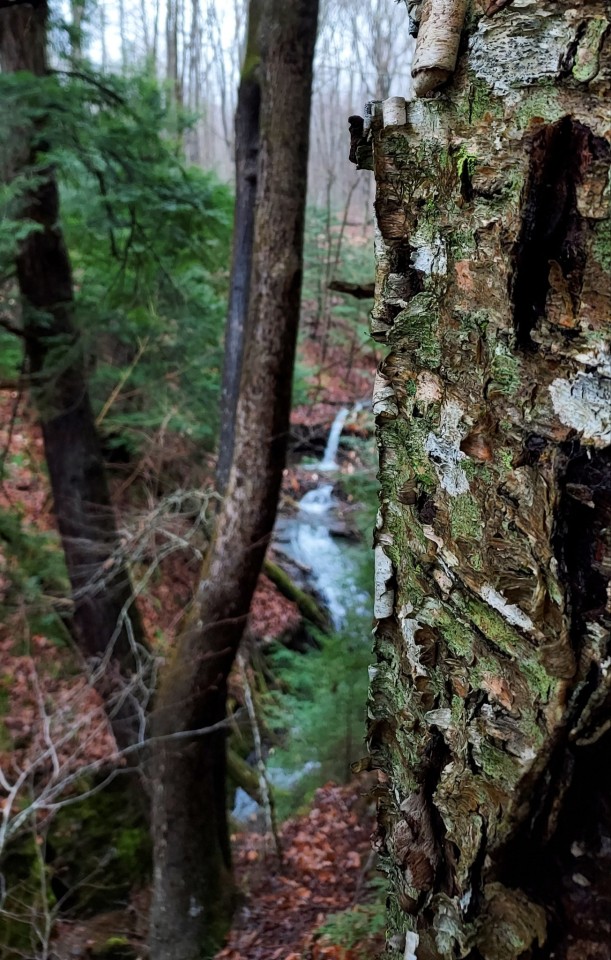

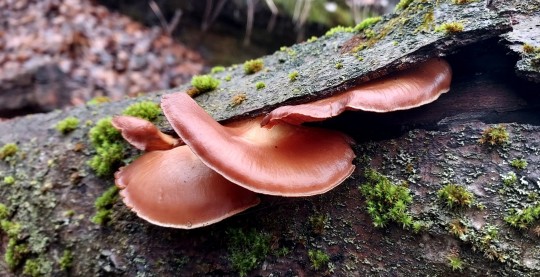
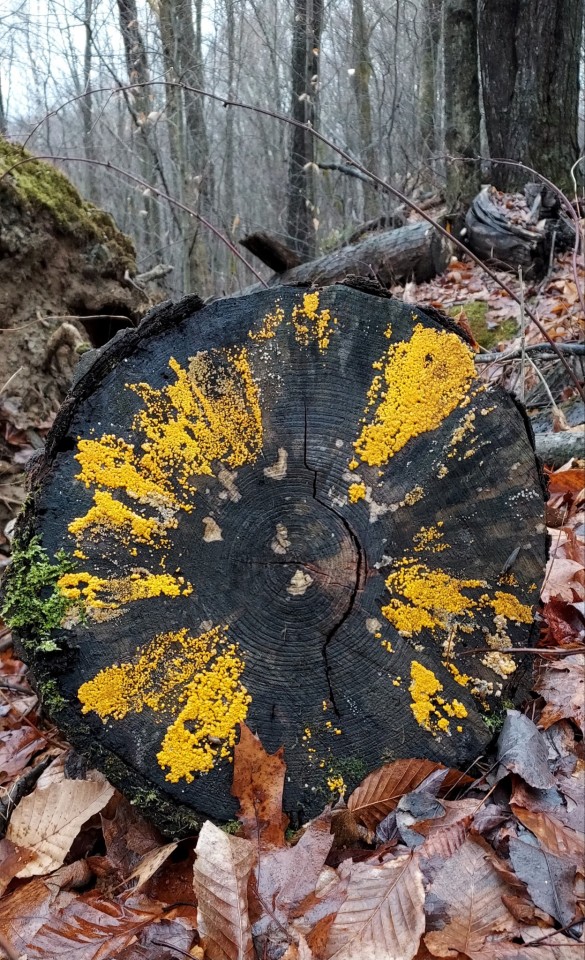



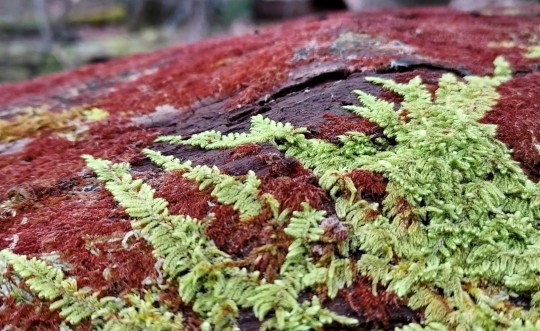
Saw 3 different fungi and a slime mold this morning.... effervescent.
#not sure what the first ones are. the light brown ones.#the little yellow dots on the stump are lemon drop fungus :)#not sure (again) about the white-ish ine with rings. either tinder polypore or artist's conk idk my guidebook is fucking failing me#the orange goop on the leaf is insect egg slime mold. i think.#FUCK i gotta remember to go back to work next week..#mine
11 notes
·
View notes
Text
Tyromyces chioneus--White Cheese Polypore
Named for how they look, not their use. These are a pretty common sight on logs and stumps in the ravines.
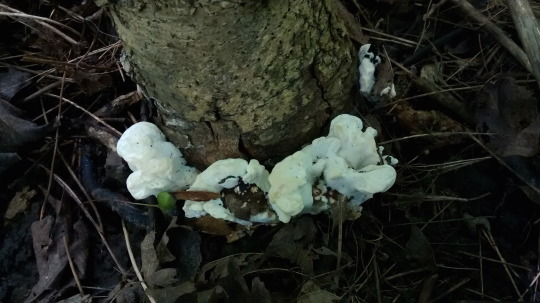
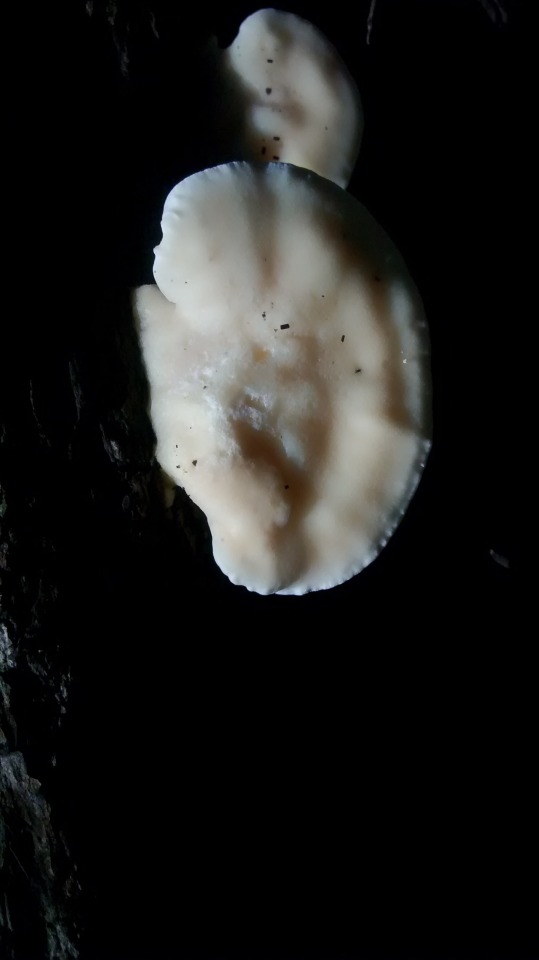




These are considered inedible due to being tough, but are not known to be poisonous (very few polypores are, and no deadly ones I'm aware of; you should still exercise caution, but if you're going to experiment with mushrooms, polypores are the ones to do it with). I have in fact eaten them when they're very young and tender. Added them to a mushroom mix. As with all wild mushrooms, however, they must be cooked.
#mushrooms#Tyromyces chioneus#white cheese polypore#wild mushrooms#polypores#foraging#fungi#white mushrooms#my photos#blackswallowtailbutterfly#photography
5 notes
·
View notes
Text

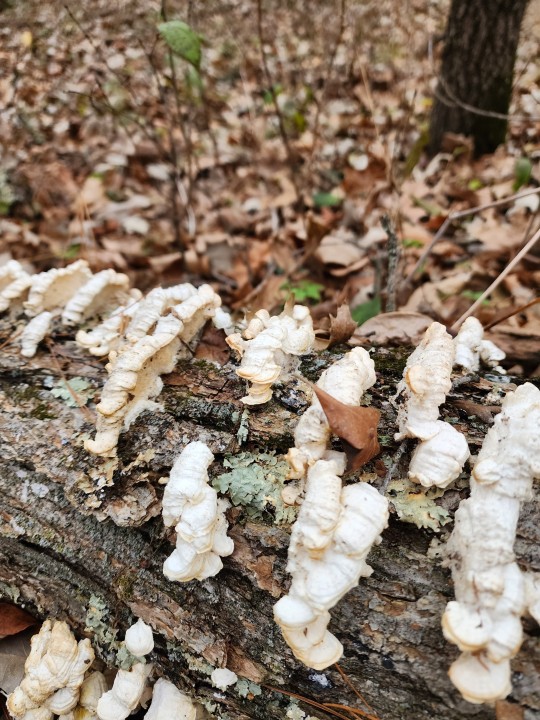
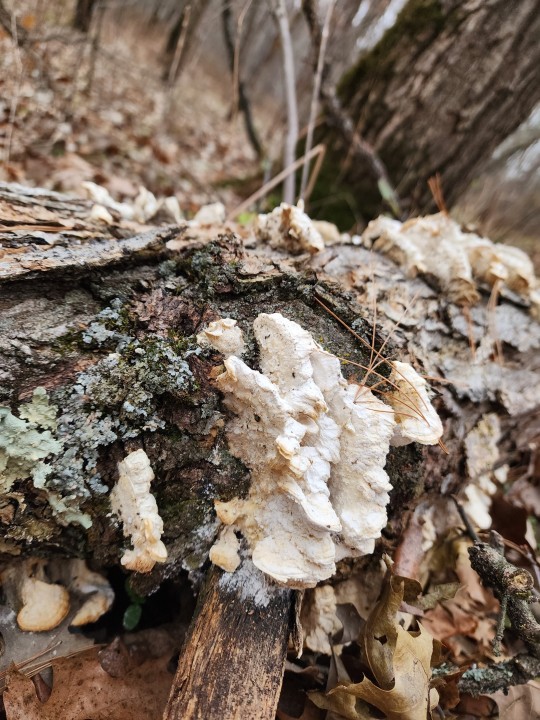

My mushroom app says this is marshmallow polypore, which is a very fun name
4 notes
·
View notes
Photo

[Image description: a tiny white insect or insect-like creature with six legs and two antennae, sitting on the wood-like fungus it is eating. The creature is segmented and appears soft and almost worm-like, and has two black compound eyes or clusters of eyes on the sides of its head. It has two red spots on its back and its body and antennae are covered in bristles. The photo is blurry at the edges. End ID.}
@spectruminterests submitted: I found this insect (hexapod?) on a polypore fungus growing on a dead tree. I took it and part of the fungus it was eating to my college entomology class and looked at it and took pictures under a microscope. If you can help ID it that would be great, but no pressure since neither I nor my TA could figure it out. More pictures below:
Hi there! Thank you for letting me know your location in your IM. This is a cool little dude. Here are some extra photos the submitter sent that didn’t attach to the original submission:

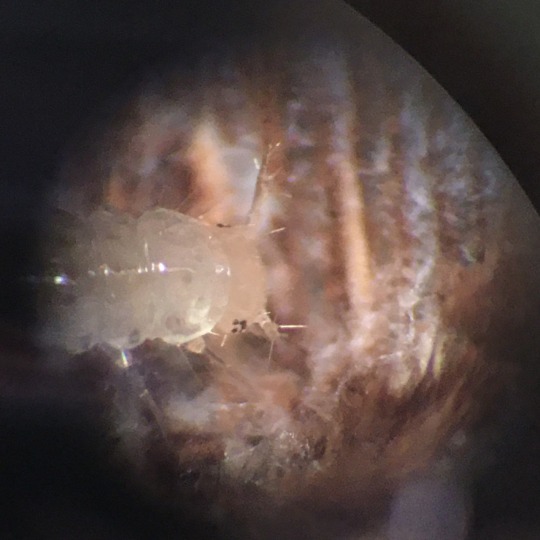
Ok I think this fella is a rove beetle larva - probably one of the crablike rove beetles in the subfamily Tachyporinae. At least, that’s the closest match I could find, and it makes sense, as they are fungus-eaters.
Here are some photos of similar larvae in the same subfamily. No exact matches, but there aren’t many positively IDed photos of these guys available it seems! Here’s another similar one from bugguide.
Either way, very interesting find! Thanks for sharing!
147 notes
·
View notes
Text
FOTD #092 : crab of the woods! (laetiporus sulphureus)
the crab of the woods (also sulphur shelf / polypore) is a bracket fungus of the family fomitopsidaceae. it is a saprophyte & weak parasite that often causes brown cubical rot !! it grows across europe & north america :-)
the big question : can i bite it??
yes & it is quite delicious :-) it has been compared to the taste of crab, lobster & chicken. some deer also eat it !! however, humans should not eat it raw.
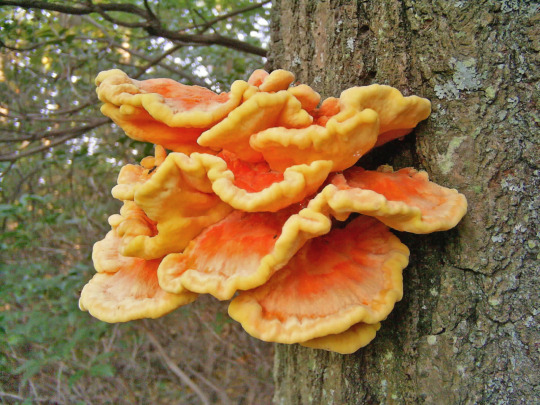

l. sulphureus description :
"the fruiting body emerges directly from the trunk of a tree & is initially knob-shaped, but soon expands to fan-shaped shelves, typically growing in overlapping tiers. it is sulphur-yellow to bright orange in colour & has a suede-like texture. old fruitbodies fade to tan or whitish. each shelf may be anywhere from 5 to 60 centimetres (2 to 23+1⁄2 inches) across up to 4 cm (1+1⁄2 in) thick. the fertile surface is sulphur-yellow with small pores or tubes & produces a white spore print. when fresh, the flesh is succulent with a strong fungal aroma & exudes a yellowish, transparent juice, but soon becomes dry & brittle."
[images : source & source]
[fungus description : source]
#• fungus of the day !! •#[laetiporus sulphureus]#: crab of the woods :#: sulphur shelf :#: sulphur polypore :#092#||#mushrooms#mycology#fungus#mushroom#nature#earth#fungi#forestcore#foraging#cottagecore#crab of the woods#sulphur shelf#sulphur polypore#fotd#fungus of the day
153 notes
·
View notes
Text
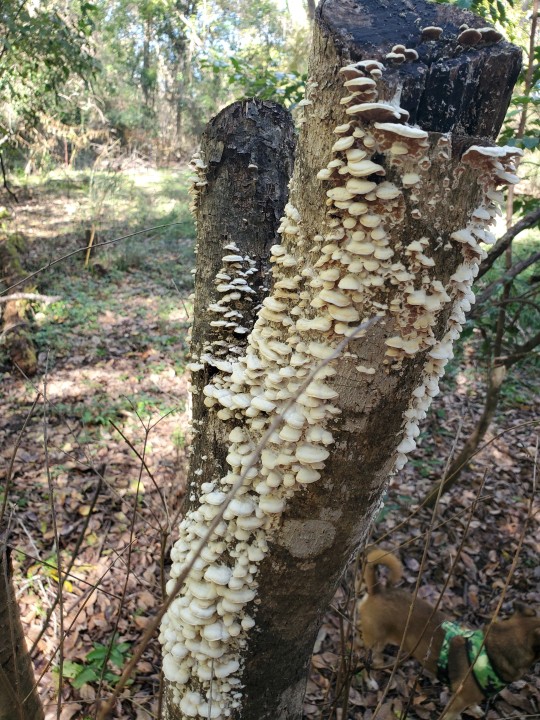


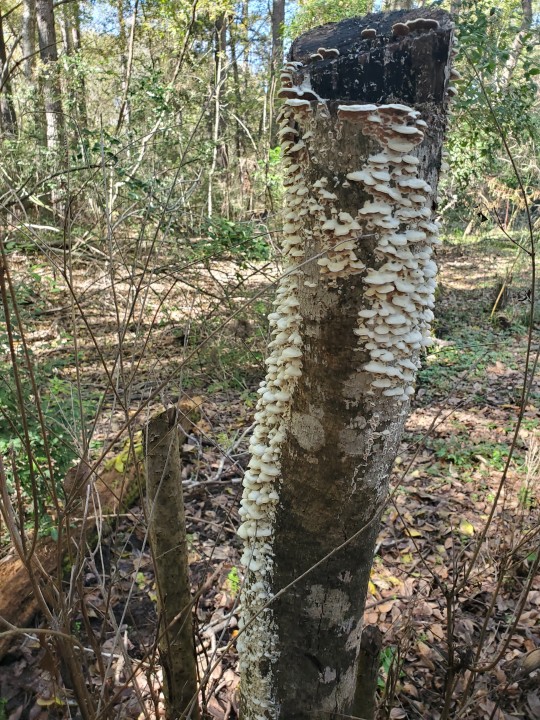

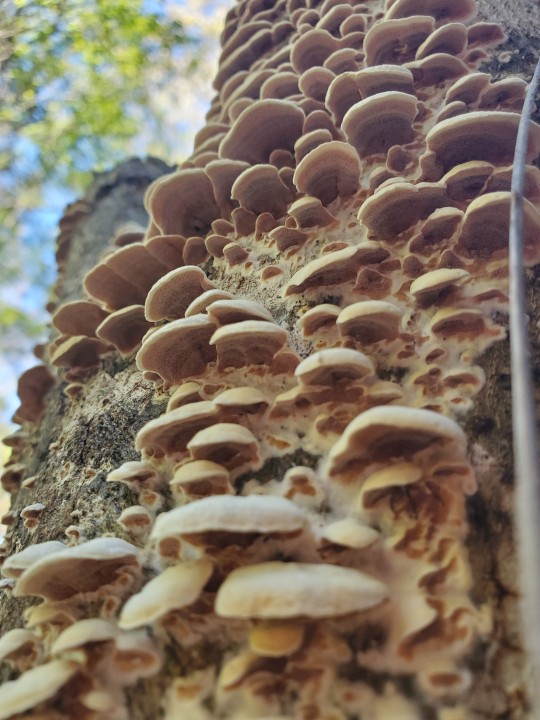

white bracket polypore (no common name) 》Trametes pubescens
The same old wood I found some turkey tails on years ago, now with a different kind of polypore!
Southeast Texas, 24 Nov. 2023
#amatuer mycology#mushroom hunting#mushrooms#mycology#wild fungi#fungi#mushrooms of texas#texas mushrooms#fungi of texas#fungarium#polypore#trametes pubescens#bracket fungi#wild mushrooms#mushroom#foraging#special interest#mushroom identification
81 notes
·
View notes
Text
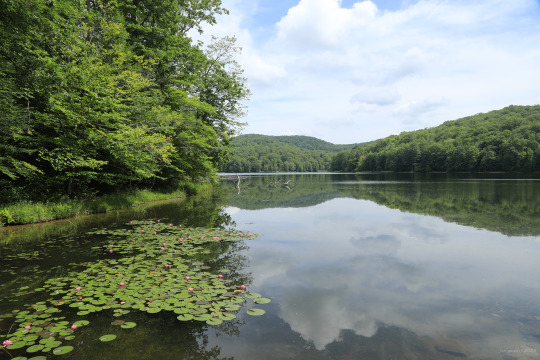

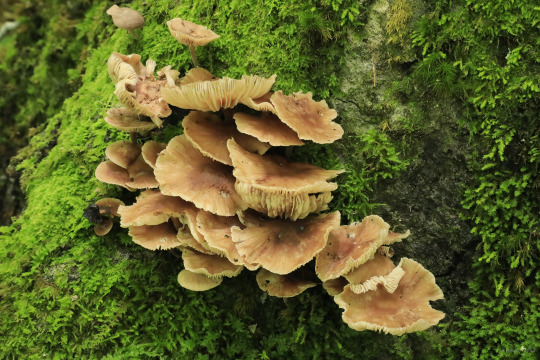

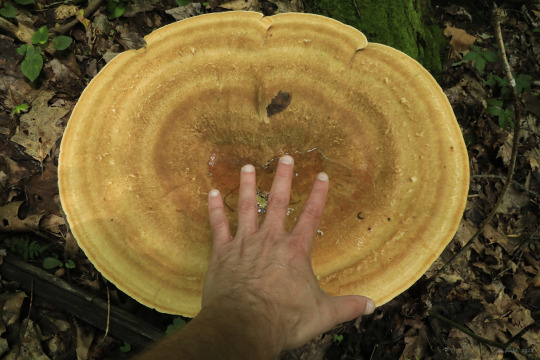
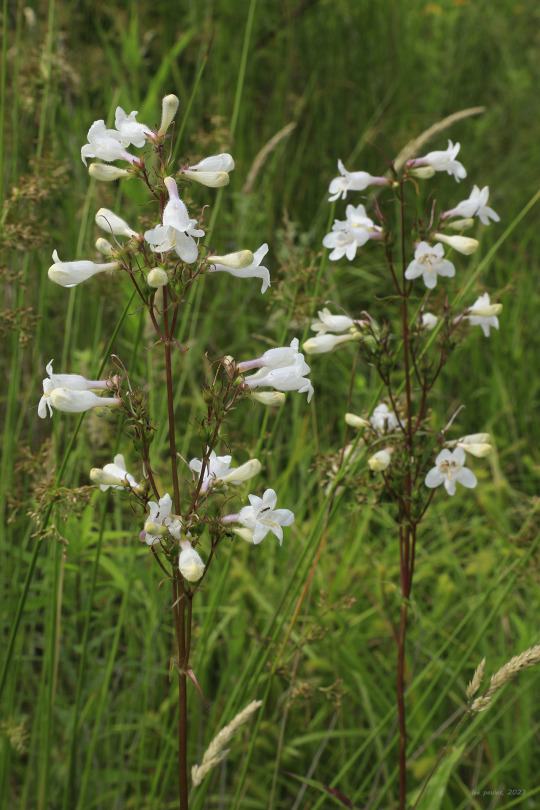
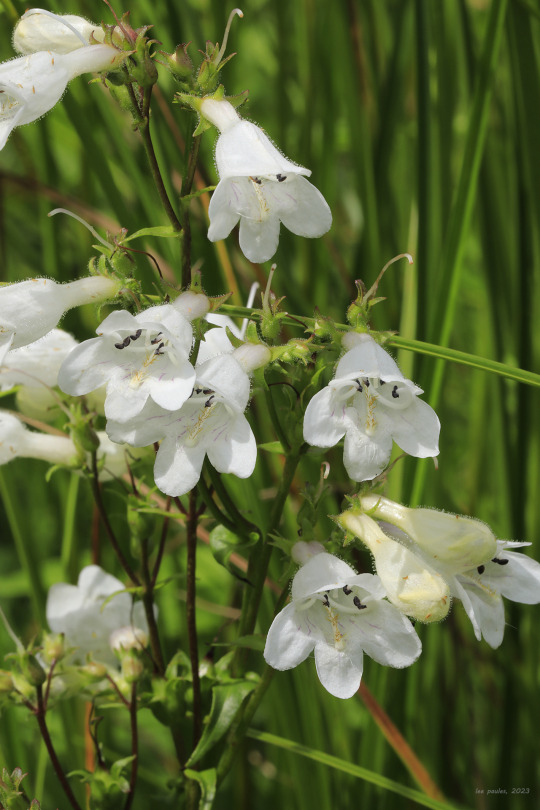

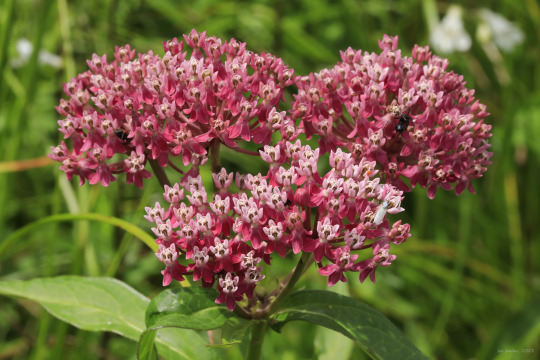
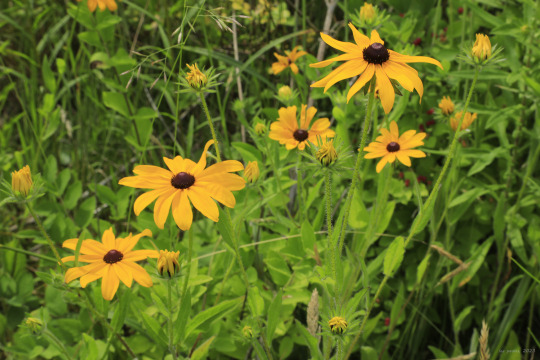

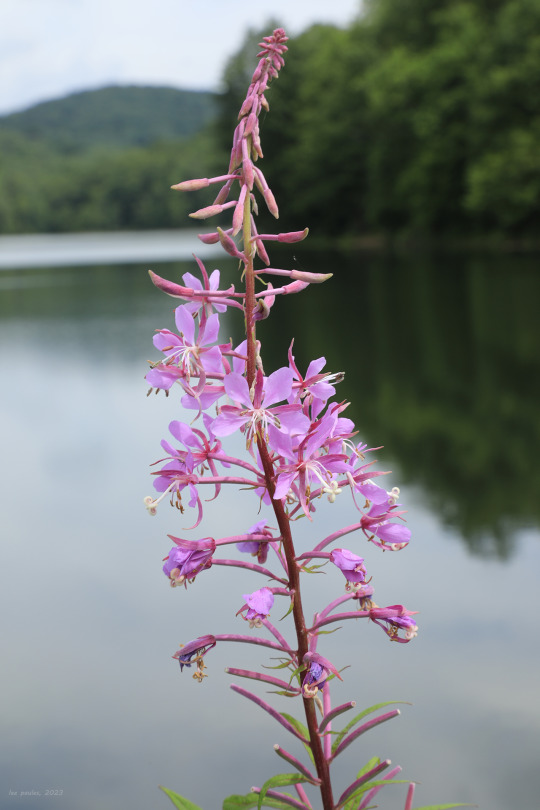

Early summer at Summit Lake, a quick detour off the Highland Scenic Highway in the Monongahela National Forest.
From top: an unidentified fungi growing in a mossy nook; an impressive young Berkeley's polypore (Bondarzewia berkeleyei), which is not a true polypore but a member of the Russulales order; another massive Berkeley's polypore with my hand for perspective - these beauties can grow up to three feet wide and produce additional shelf-like caps from a single stem, giving them a tiered appearance as they mature; the tall and stately foxglove beardtongue (Penstemon digitalis), whose profusion of tubular white flowers draws hordes of long-tongued bees and hummingbirds from late spring to early summer; common milkweed (Asclepias syriaca), whose large, dangling umbels of pink to purplish flowers are Mother Nature's ultimate pollinator buffets; swamp milkweed (Asclepias incarnata), also known as rose milkweed, a wetlands-loving beauty with narrow, lanceolate leaves; black-eyed Susan (Rudbeckia hirta), an irresistible summer aster with a prominent, dark brown button at the center of its flower head; and the sensual arc of a fireweed (Chamaenerion angustifolium), whose flowers have elongated, dangling stamens and a four-cleft, curling stamen.
#appalachia#vandalia#west virginia#wildflowers#flora#allegheny mountains#monongahela national forest#wv route 150#highland scenic highway#summit lake#early summer#fungi#berkeley's polypore#foxglove beardtongue#common milkweed#swamp milkweed#rose milkweed#black eyed susan#black-eyed susan#fireweed
136 notes
·
View notes
Text
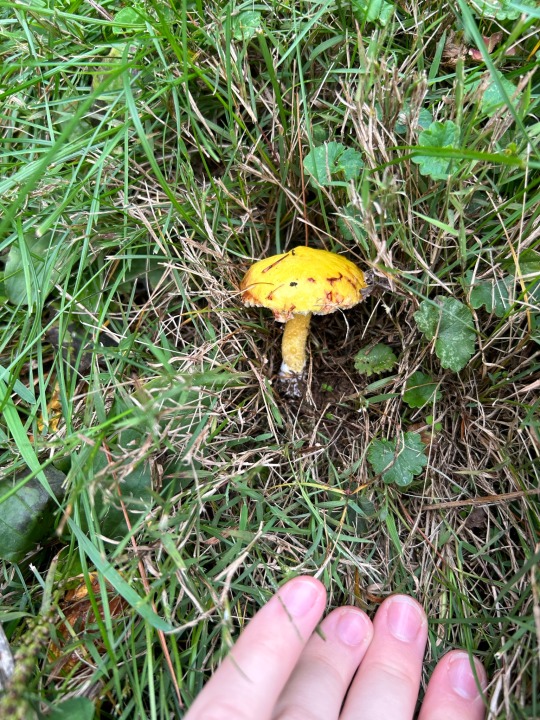



Many yellow bois were found today, these polypores are gorgeous! And so manyyyy
EDIT: I was wrong! These are not polypores, despite having many pores, as @russula-nongrata pointed out in a reblog, but instead most likely to be in the Order Boletales, or boletes.
Their identification of “the chickenfat mushroom”or “chickenfat bolete” (Suillus americanus) fits perfectly for location and the nearby white pine trees!
#suillus americanus#bolete#this is true#mushrooms#fungi#fungus#mushroom#naturecore#Nature#original photography#mycology#nature photography#original photographers#i was wrong#no misinformation allowed grrr
34 notes
·
View notes
Text



Milk-White Toothed Polypore (Boston, MA)
>>Irpex lacteus
Saprobic fungi growing on branches of dead(?) cultivated fruit tree
Resupinate (‘hanging down’) polypore
Observed on: February 24, 2024
#fungi#boston#mushroom hunting#mushrooms#mycology#wild fungi#fungi photography#nature#nature photography#winter#polypore
13 notes
·
View notes
Text
How to Identify Chicken of the Woods Mushrooms
Originally posted n my website at https://rebeccalexa.com/how-to-identify-chicken-of-the-woods/. Click here to learn more about the How to Identify article series.
Name: Chicken of the woods (Laetiporus spp.), aka sulfur shelf, chicken mushroom (hen of the woods is a different mushroom entirely, Grifola frondosa)

L. sulphureus
Range and typical habitat(s): There are Laetiporus species found in temperate forests on every continent except Antarctica. They are especially abundant in the Northern hemisphere, particularly North America and Europe. They are saprophytes that feed on dead or injured trees and can cause brown rot as they digest cellulose but leave lignin intact. Most species prefer deciduous trees such as oaks or beeches. However, L. conifericola is an example of a species that colonizes conifers such as spruces and firs.

Distinguishing physical characteristics (size, colors, overall shapes, detail shapes): I often describe chicken of the woods to my foraging students as looking like a pile of orange and yellow pancakes exploding out of the side of a tree. These are fleshy-looking, shelf-shaped mushrooms that often grow in large stacks or clusters. A particularly large individual shelf may be almost a foot across, and some clusters may be several feet tall. Look closely, and you will notice that these shelves do not have stems but attach directly to the host tree.
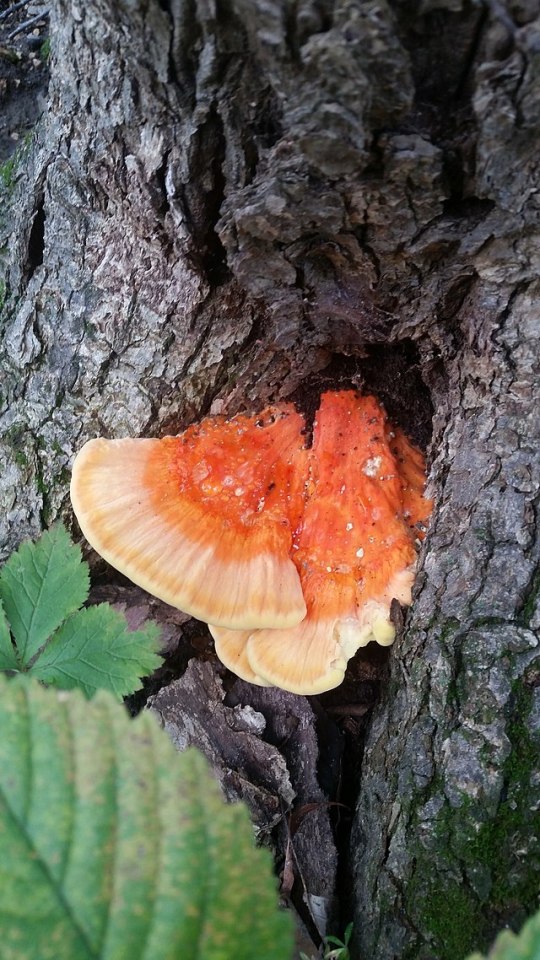
A specimen of L. sulphureus displaying a darker orange with pale orange instead of bright yellow margins.
While the bright sulfur yellow and orange color combination is typical, particularly in well-known chicken of the woods species such as L. sulphureus, there may be significant color variation even within the same species. Some have a deeper orange that’s almost red, while others are a more uniform washed-out orange with little to no yellow, or perhaps cream instead. L. portentosus, which is particularly common in Australia, gets its common name, “white punk”, from its creamy white color with little to no orange. L. persicinus, found in the southeast United States and Caribbean, may have some brown on its shelves as well.

L. conifericola, displaying the yellow pore surface underneath. RTehan at Mushroom Observer, CCA-SA-3.0
The underside of chicken of the woods tends to be yellow to cream, and while it may appear smooth at first it does have very fine pores. The spores are generally white, though a microscope may be necessary in order to differentiate between very similar species that overlap in range. Most Laetiporus species do not bruise; however, L. persicinus has pores that bruise brown shortly after being damaged.
Younger chicken of the woods tend to have a softer, more rubbery tactile texture (yes, it’s okay to touch mushrooms to see what they feel like.) As they get older, however, they get a tough, woody texture, and cooking them does not make them tender again.
Other organisms it could be confused with and how to tell the difference: Most of the time you’re going to be differentiating among multiple Laetiporus species, in which case location, color and substrate (what kind of tree it’s growing on) are going to be the main factors in identifying down to species level. If you have a microscope and want to look at the spores in detail you’re certainly welcome, but the casual identifier should be able to get by without this.

Dyer’s polypore (Phaeolus schweinitzii)
There are, however, several other shelf-like fungi with which chicken of the woods may be confused if you aren’t looking carefully. Dyer’s polypore (Phaeolus schweinitzii) may have some orange on the upper surface, especially when young, but the centers turn an increasingly dark brown as the mushroom matures. It also has a velvety texture that chicken of the woods lacks. It is found primarily on conifers, and the pores bruise brown when damaged. It has a white spore print.

Woolly velvet polypore (Onnia tomentosa)
The woolly velvet polypore (Onnia tomentosa) is another look-alike. It is generally brown with a white to cream outer margin, but while the lighter brown shades may have a bit of an orange tint, the brown is a giveaway that this is not chicken of the woods. The underside is also brown, rather than white or yellow, and it primarily grows on conifers, especially spruce.

Pycnoporus cinnabarinus
Pycnoporus cinnabarinus looks very much like a Laetiporus in shape, but is a bright red-orange color on both the top and the underside. It has a drier, less flexible texture as well, and prefers hardwood trees as hosts.

Climacocystis borealis. Gerhard Koller at Mushroom Observer, CCA-SA-3.0
Climacocystis borealis has a hairy texture on the upper surface, and the color is a rather dull cream, yellow or orange, Underneath the pores are cream to yellow and have a more visible texture than on Laetiporus. It attaches to its host conifer trees with a short stem-like structure.

Hen of the woods (Grifola frondosa). Patrick Harvey, CCA-SA-3.0
Hen of the woods (Grifola frondosa), also known as maitake, looks something like a burst of grayish-brown feathers or leaves sprouting from the base of a tree. Upon closer inspection the individual caps are much smaller, more delicate and more numerous than in Laetiporus. The pores underneath are often more visible as well. They prefer hardwoods such as oaks.
There are other shelf-shaped mushrooms in the family Fomitopsidaceae that are vaguely similar to Laetiporus species, but all differ in shape and color, among other details. Make sure you look very closely at all colors on both the topside and underside of a given shelf mushroom, check for bruising by cutting or crushing a small part and waiting a half hour, and take a spore print.
Anything else worth mentioning? Laetiporus species are generally considered to be edible, though more commonly eaten species like L. sulphureus have more documentation in this regard than less common species. Its common name comes from the cooked mushroom’s resemblance to cooked chicken meat, and it is often used as a vegetarian meat alternative in recipes.
Care should be taken when consuming any Laetiporus species for the first time, even if you have eaten other species of the genus with no problem. Research each species as though you had never encountered chicken of the woods before, and make sure that species is considered safely edible by current standards.
A small number of people who eat chicken of the woods experience unpleasant symptoms ranging from gastrointestinal upset to swollen lips or mouth and dizziness. This may be due to allergic reactions, so caution is absolutely necessary. Always cook wild mushrooms, including Laetiporus, thoroughly; try a few bites, then wait a couple of days to see if you have any symptoms.
Further reading:
Mushroom Expert: Laetiporus
Chicken of the Woods
Chicken Of The Woods (Laetiporus sulphureus Species Complex)
Chicken of the Woods (Laetiporus sulphureus)
Chasing the Chicken of the Woods (Facts, Identification, and Recipes)
Did you enjoy this post? Consider taking one of my online foraging and natural history classes or hiring me for a guided nature tour, checking out my other articles, or picking up a paperback or ebook I’ve written! You can even buy me a coffee here!
#mushroom#mushrooms#mushroom hunting#mushroom foraging#foraging#edible mushrooms#fungi#fungus#mycology#nature identification#nature#ecology#chicken of the woods#wild mushrooms#cooking#food
42 notes
·
View notes
Text
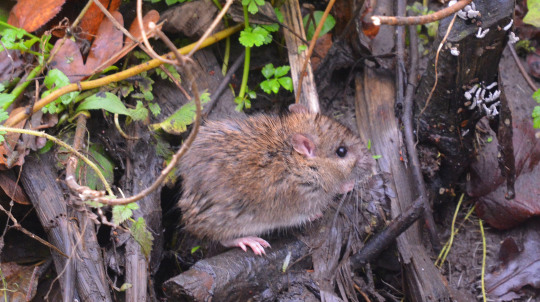
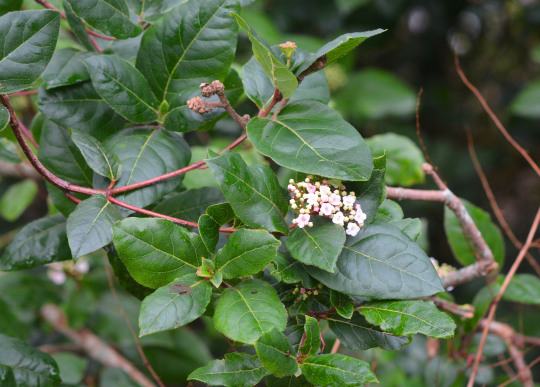



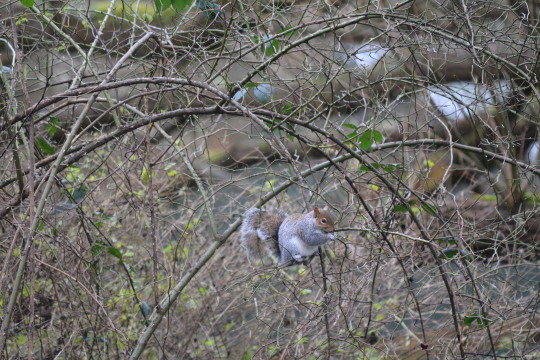
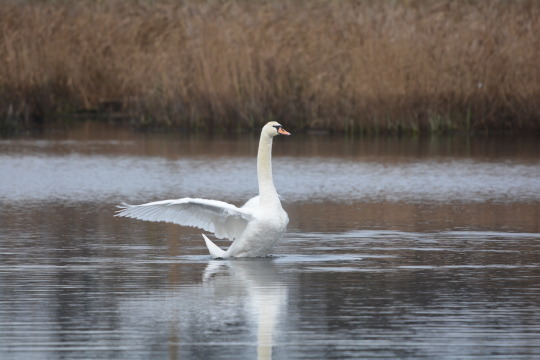
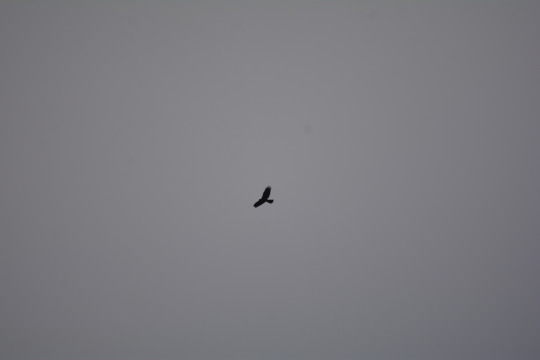
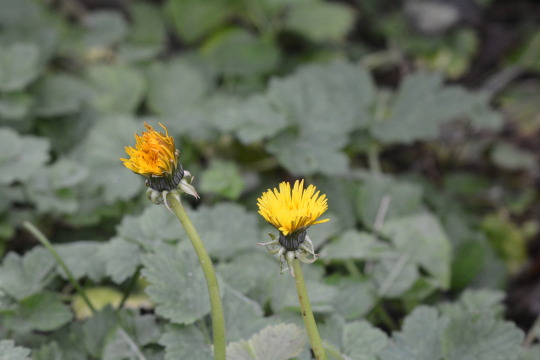
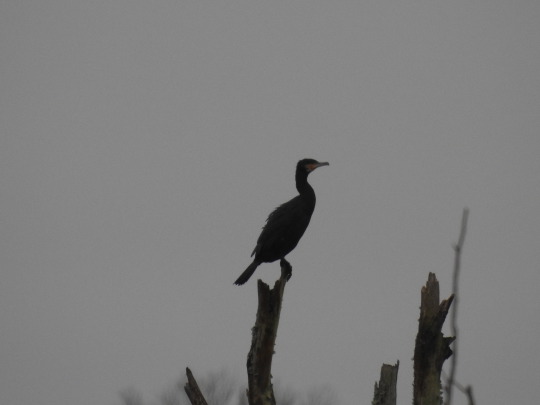
16th December 2023: Fishlake Meadows
Flora, fauna and fungi pictures taken in this set are of: 1. A rodent I observed along the canal before reaching the reserve, I believe a young rat I did see other rats too. 2. Viburnum along the canal path which I enjoyed seeing. 3. A sea of gorgeous turkey tail which I was taken aback with on a tree stump. 4. A cheery Robin. 5. A ravishing Red Kite which was a treat to see, I was captivated by watching it. I excitingly saw one from the train on the way and also I believe two on a tree from the train on the way back, exciting to see them doing well here. 6. Grey Squirrel. 7. One of a few Mute Swans I enjoyed watching whilst having a blissful lunch at the viewing screen. 8. A majestic Marsh Harrier, another raptor I love which it was delightful to watching soaring over the reedbed and water a couple of times. 9. Dandelion. 10. Cormorant.
In swashbuckling moments before reaching the reserve along the canal I saw a beautiful Kingfisher perched and catch a fish, a riveting encounter with another favourite of mine. Completing a super six of my visit alongside the Kingfisher and two birds of prey were two pleasing passerines, crimson Stonechat which I'd not seen here before and powerful moments listening to the siren like call of a Nuthatch and watching this eyecatching birds as well as stunning views of a Great White Egret at the screen perhaps the closest I've ever been to this angelic egret I was just too slow to get a photo before it flew. Other bird highlights on an amazing walk round were Goldcrest, Wrens, Chiffchaff, the energetic burst of sound from a nice few Cetti's Warblers calling, Long-tailed Tit seen well for a second day running, Blue Tit, Great Tit heard and seen well, Collared Dove and House Sparrow along the canal, Mistle Thrush feeding on mistletoe (how it gets its name) which was memorable, Blackbird, Magpie, Grey Heron including parading over nicely, Moorhen, possibly a Water Rail seen quickly too, the regular sight and sound of Greylag Geese, Shoveler and Wigeon key waterfowl of the day and Common Gull. Other key plants seen were pretty forget-me-not, ivy including mixed well with mushrooms, hazel catkins, white deadnettle, rose hips and burdock seed heads. Candlesnuff fungi spotted only from being beside the rat in the photos I took seen for a second day running was nice and possibly mossy maze polypore among other mushrooms were good to see. On the way to the station this morning seeing winter heliotrope at Lakeside and further on and hawthorn berries, dandelion and hearing Magpie by Lakeside were good moments with Jackdaw, Goldfinch, House Sparrow, Starling and Collared Dove enjoyed at home today. My Mum is currently recovering from a major operation so as I don't drive I'm doing some trips to nature reserves via trains, so far last Saturday and today and I'll do more in the New Year, and it makes it a really interesting and enjoyable day taking a different route to get out to places. Today at Fishlake Meadows and getting there was a fantastic day of nature watching and appreciating being outside.
#photography#fishlake meadows#romsey#hampshire#lakeside country park#eastleigh#england#uk#great white egret#marsh harrier#red kite#stonechat#nuthatch#kingfisher#viburnum#flowers#forget-me-not#outside#outdoors#walking#nature#saturday#weekend#chiffchaff#goldecrest#candlesnuff fungi#blue tit#robin#great tit#long-tailed tit
5 notes
·
View notes
Note
guys... what about white/pale blue (ice is perf) range polypore for a cloudy dragon... if only i could also add kumo. maybe orange ranges for sunset clouds??
7 notes
·
View notes
Text
Polyporic
-

[ID: A rectangle with 9 wavy, horizontal stripes in the order of off-white, pale yellow, orange, red, brown, red, orange, yellow, and off-white. End ID.]
-
Polyporeic: A gender related to polypore mushrooms.
Pronunciation: Polly-Pore-ick
Flag colors were picked to imitate a polypore mushroom I saw on google.
#mushroom#mushroom gender#polypore mushroom#polypore#queer#mogai coining#lgbt#queer coining#liom coining#lgbt coining#blurred-pride coining#liom#mogai#blurred coining
6 notes
·
View notes